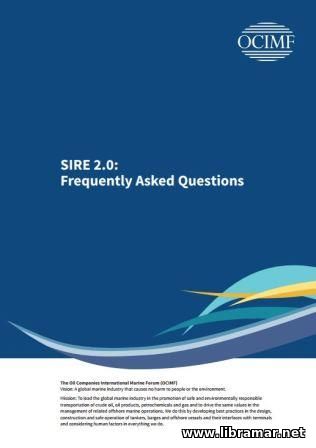
SIRE 2.0 - Frequently Asked Questions
05.06.2021 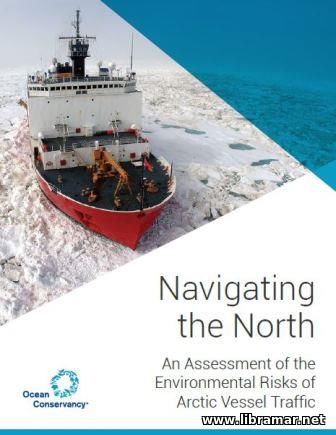 The marine environment of the Arctic region is changing very rapidly and the changes are quite profound. The changes in climate affect the region in a significant way, taking into account the temperature rise which is taking place faster than on the other parts of the Earth. The melting ice, in turn, facilitates development of the industrial interest in the subject area, and this of course includes the maritime sector. All ships operating in the Arctic region always face serious challenges including but not limited to the severe cold and sea ice of variable thickness, fierce stormy seas and lack of the accurate navigational charts, as well as poorly developed maritime infrastructure. All of these factors contribute into the increase of the probability of the incidents putting human lives and marine environment at immediate risk. Some accidents, for example those involving major spills of cargo oil, can result in the disastrous environmental impacts. Moreover, even without such accidents, the dense vessel traffic itself can impact the environment in the negative way due to the emissions, problems with the ballast exchange, ships striking the marine mammals, sewage and greywater discharge etc… 05.06.2021 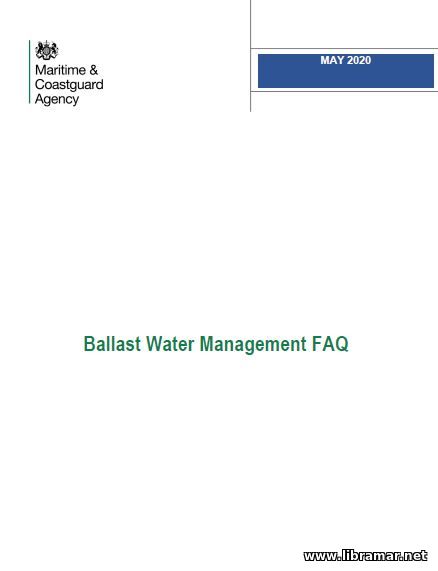 The present document was prepared by the UK MCA to address the most frequently asked questions related to the implementation of the ballast water management convention. It opens with the status of ratification of the convention. Then the readers will get to know the applicability of the subject convention including both domestically and internationally operating ships, dredgers and fishers, and offshore installations. The survey and certification requirements depending on the ship size are covered within a separate chapter. Also, the readers will find the information about the ballast water exchange and the implementation standards applicable to IOPP and non-IOPP vessels, together with the possible alternatives to compliance. Due attention has been paid to the sediments considered an important aspect. As you know, some of the ships can be exempted from compliance with the requirements of the convention and this is discussed separately, together with the equivalences. In short, this compact booklet shall be possessed on board any ship and readily available for reference at all times. No excessive size, no useless information, no difficult terminology, only the necessary info. 05.06.2021 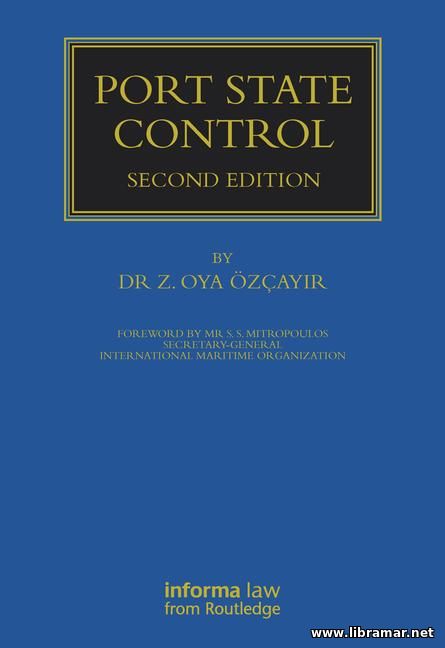 The modern shipping industry is very international; it is unique since its assets, i.e. vessels, constantly move from one country to another, changing the legal jurisdictions. That is the reason why the appropriate internationally recognized legislation shall be established including the internationally accepted standards applied to the maritime safety and security as well as the protection of the environment. Many of the conventions implemented by the IMO say that the vessels should be duly inspected when visiting foreign ports in order to ensure that their condition meets the minimum technical requirements of all conventions signed by the Flag State. The present volume is a perfect reference source covering all PSC regulations and implications to be taken into account. The book will provide you with the detailed professional analysis of all applicable regulatory framework related to the PSC, considering all latest developments. In addition to the regional PSC agreements and EU legislation, the author has also dealt with the background of the process, practical issues and the role of the class societies. This second edition of the book addresses the changes in the regulatory and political backgrounds and features even more comprehensive coverage of the subject. 05.06.2021 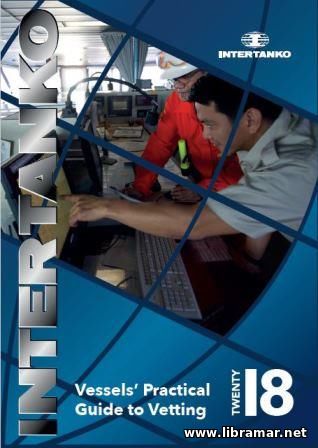 Today, the risk managements is deservedly considered as one of the integral elements of the ship vetting process. That is why the importance of having due understanding of this process can never be overstated. It is essential to duly manage and mitigate the risk in any form in order to ensure that the safety and quality are maintained at highest standards. Therefore, the vetting becomes a significant area followed by the charterers when they select the vessel for transporting their cargoes. It is worth noting that the positive vetting is treated as an important item equally by the ship owners, crews and operators. The publications released by Intertanko traditionally provide the shipping industry with the professional guidance and support. This particular volume was developed to give a sort of consolidated source of reference to the applicable requirements of the energy stakeholders and major PSC MOUs. The content of the document is aimed specifically at the ship officers and crew members who will benefit from it most. Having read this book, they will get to the better knowledge of the SIRE VIQ requirements and be able to prepare their vessels for the forthcoming inspections. The topics covered include documentation and certification, safety management and pollution prevention, mooring, ice operations, ballast and cargo systems, and so many others. 05.06.2021 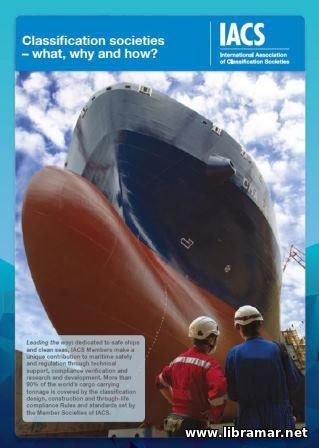 The Classification Societies are there to provide the professional class and statutory services as well as the consultancy in the maritime and offshore field to the different maritime and offshore industry stakeholders and regulatory entities. The subject services pertain to the provision of human safety on board ships and offshore installations, protection of the environment, and the Class Societies apply the theoretical knowledge and practical experience when performing their services. Their main aim is the verification of the structural integrity and strength of the floating objects, paying due attention to every single component, including hull, appendages, shipboard machinery, equipment, systems etc. This is achieved through development and subsequent application of the so-called classification rules; in addition, the international conventions, guides, codes and other regulations are widely applied when ensuring compliance with the statutory requirements. Most of the vessels and rigs operated today have been built in compliance with the corresponding requirements of one or more of classification societies. This volume was released by the International Association of Classification Societies and will give you some insight to the work of these organizations. 05.06.2021 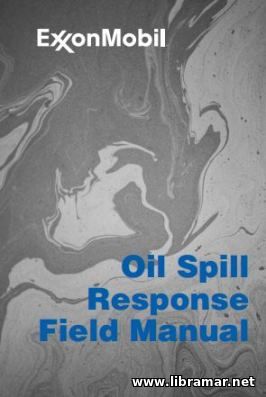 The content of the present field manual is mainly aimed at the people participating in responding to the oil spills. In fact the publication is a good collection of the selected rules of thumb together with the practical checklists providing easy access to the info required when preparing the response strategy. Please do not treat it as a substitute to formal training. Also take into account that it deals with the spills that have a potential to reach water and does not cover spills occurring on land. The materials are arranged in fifteen sections, opening with the basin information on personnel responsibilities, response priorities, characteristics and behavior of oils etc. Then, there are two important sections covering the safety and health aspects, and communication and logistics. The surveillance and tracking matters have been addressed within a separate section. The remaining portion of the volume covers such important things as the shoreline protection and treatment, booms, application of dispersants, skimmers and sorbents, waste management, rescue of the wildlife and others. The book concludes with the section on how the oil spill response shall be arranged in the cold regions. 05.06.2021 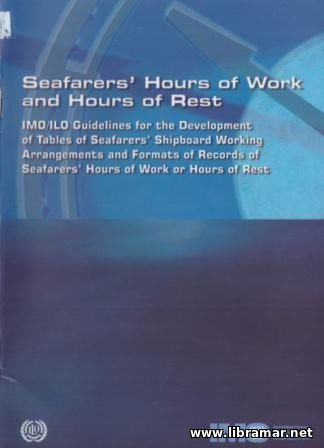 This publication was developed and officially released jointly by IMO and ILO some years ago, in order to provide the international maritime shipping industry with the necessary guidelines relating to the development of tables covering the shipboard working arrangements for the seafarers as well as the formats used for recording of the hours or work/rest of the shipboard people. The information contained in the book has been compiled and arranged to help the competent marine authorities involved in development of the associated tables and records. Apart from the Guidelines themselves, the volume has four Appendices with the supplementary information, the first one being the Seafarer’s Hours of Work and the Manning of Ships Convention. The second one will provide requirements of the STCW Convention and STCW Code. The last two appendices will give the information about the model formats for the table of shipboard working arrangements and for records of working and resting hours of the seafarers, respectively. Make sure that you have got a copy of this official document on board your ship as well as in the shore office and that it is readily available at all times for reference. |
The "Read Later" function allows you to add material to this block with just one click. Just click on the icon and read the articles that interest you at any convenient time.